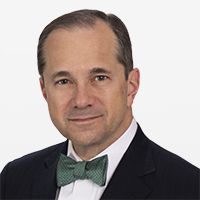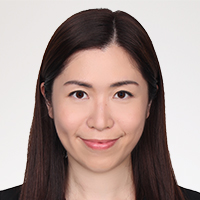Tag Archives: U.S.
Persistence
Lyndon Baines Johnson became President of the United States at a moment of national trauma, and left office at a time of tremendous political division. Despite a landslide electoral victory in 1964 and notable legislative achievements, his was not a happy presidency. LBJ observed, in fact, that “being President is like being a jackass in…
- Categories S&P 500 & DJIA
- Other Tags
What Would Emerging Markets Be Without China?
In the first decade of the 2000s, the U.S. and other developed countries fell behind emerging market equities by a wide margin, and they lagged China’s markets in particular: the S&P China BMI grew by 600% in the first decade of the new millennium. The 2010s saw a reversal of fortunes for broad-based emerging market…
- Categories Equities
- Other Tags
How Global Is the S&P 500?
The S&P 500® is widely considered one of the best single gauges of the U.S. equity market. Composed of 500 companies that are domiciled in the U.S., the index captures approximately 82%[1] of the total U.S. equity market value. An index of U.S. companies may lead one to assume that the index is only reliant…
- Categories Equities
- Other Tags
- Categories
- Equities
- Other Tags
A Comparison of Two Corporate Bond Markets
The possibility of interest rates remaining low means investors will continue to search for yield while also looking to diversify market exposures. Below we offer a snapshot of two corporate bond landscapes: the U.S. corporate bond market and the Chinese corporate bond market, which has expanded rapidly in recent years. Size Tracked by the S&P…
- Categories Fixed Income
- Other Tags












































